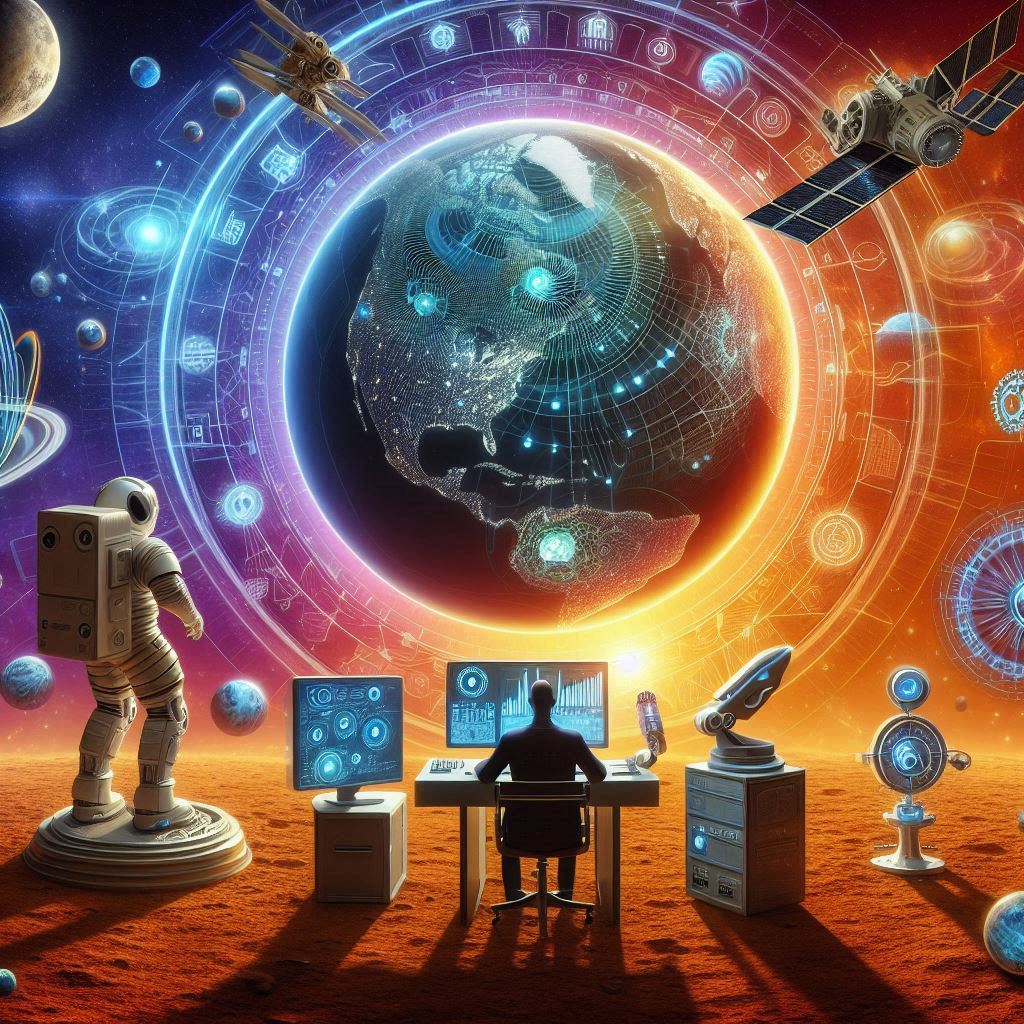
Christyl Johnson, Deputy Director for Technology and Research Investments at NASA's Goddard Space Flight Center, highlighted the critical role of AI, robotics, and 3D printing in making life on Mars sustainable during her presentation at the AI Summit London. Johnson urged the audience to imagine the technological advancements by the year 2100 that could facilitate human habitation on the Red Planet.
“In 2100, we will be having cities on other planetary bodies. To achieve this, we must master producing oxygen, water, and energy on a grand scale. We need advanced AI for real-time data analysis and systems optimization for plant maintenance and predictive maintenance. We must perfect these technologies on Earth first, then apply them to other planetary bodies,” Johnson stated.
Mars presents significant challenges for human survival, but NASA aims to send a manned mission to the planet within the next decade and establish permanent habitats. Overcoming Mars’ rocky terrain, low gravity, and extreme cold requires innovative technology.
Johnson described future Mars colonies utilizing swarms of smart robots equipped with computer vision cameras to explore and harvest resources like ice from lava tubes, which can be purified into drinking water. These robots would communicate with each other and receive commands from Earth, and their activities could be streamed to classrooms back home.
“Being able to have those swarms communicate and execute commands is crucial,” Johnson emphasized.
Traditional Earth-based technologies won’t suffice on Mars, necessitating the creation of new solutions. Johnson highlighted 3D printing for building habitats, with robots supplying materials to the printers. She also discussed the use of digital twins of human bodies for precise and predictive medicine.
One innovative idea involves handheld devices that alert humans on Mars to incoming solar flares. AI and machine learning systems could analyze NASA’s extensive solar data to predict coronal mass ejections, giving residents time to seek shelter.
“We have decades of data on the Sun that we need to mine to predict coronal mass ejections and inform people on Mars when to find safety,” Johnson explained.
NASA already employs AI in various applications, such as generative systems for spacecraft material design and AI models for Earth data analysis in collaboration with IBM. However, Johnson called for non-traditional thinking to meet NASA’s Mars ambitions.
NASA’s history of innovative partnerships, like designing drag-resistant swimwear for Speedo and developing a smart pill for monitoring core body temperatures, exemplifies their approach. Johnson emphasized the need for diverse perspectives to drive revolutionary advancements.
“People with different experiences and backgrounds can offer fresh insights, leading to revolutionary changes in problem-solving,” Johnson concluded.